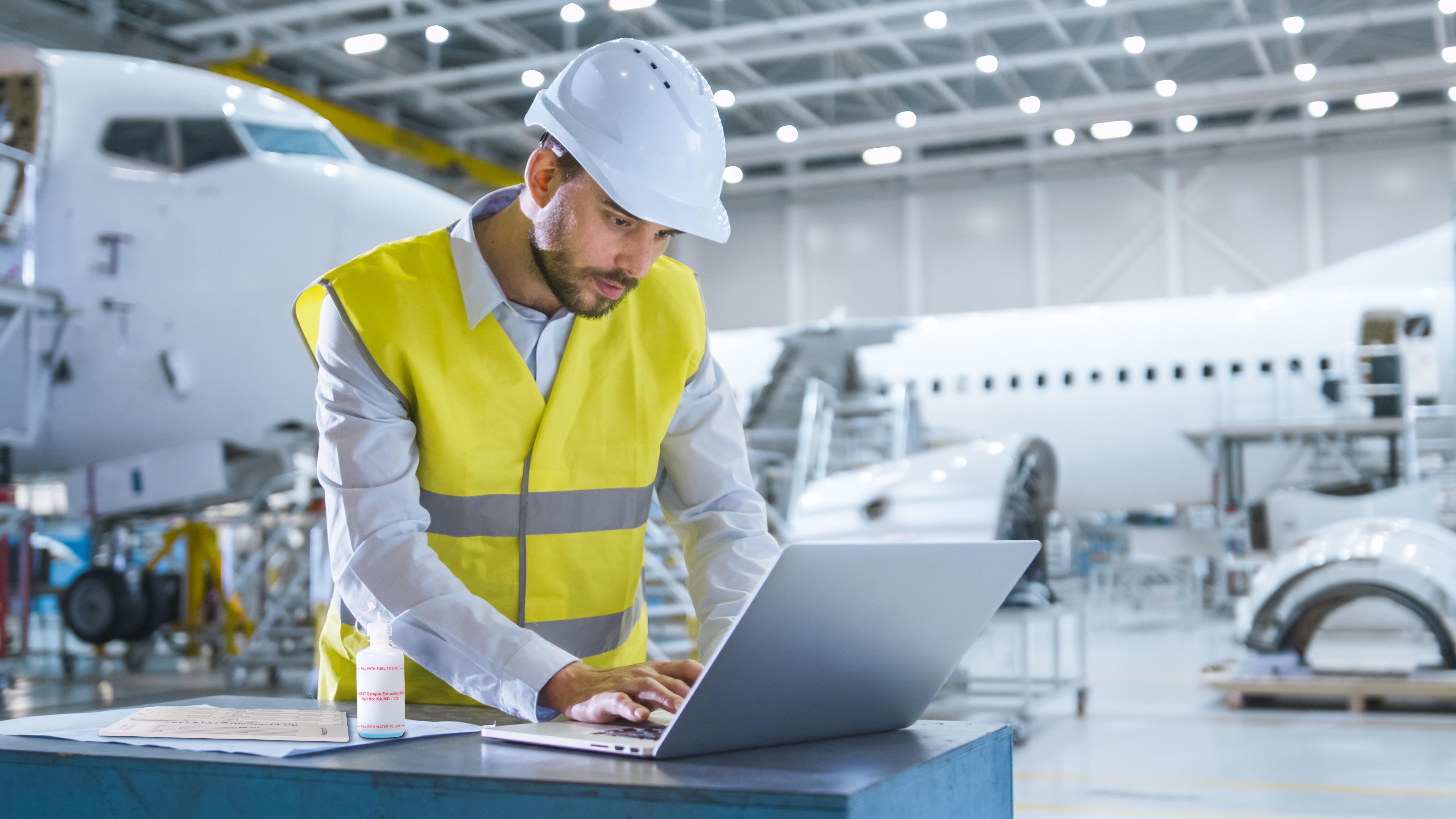駐機中の燃料内の微生物繁殖リスクで、頻繁な燃料検査が必要に

高温多湿な環境下では、燃料内の微生物が繁殖する。何千機もの航空機が駐機されたままになり、高高度飛行による低温にも晒されていない今、微生物の繁殖リスクは通常よりも高まっている。
もし燃料内で微生物が繁殖した場合、燃料タンクを腐食させ、機体構造にダメージを及ぼすこともある。つまり、今のような状況下では普段よりも頻繁に燃料検査を行う必要があるということだ。高温多湿な地域で駐機されている機材は特に注意が必要だ。
IATAによれば、南米・アフリカ・中東・東南アジア・オーストラリアといった、熱帯地域に駐機されている機材は微生物繁殖のリスクが高い。
様々な業界における燃料検査を手がけるConidia Bioscience社のグローバル航空部門マネージャー・David Mitchell氏によると、最低年1回は必要とされていた燃料検査は、今では1週間おきに実施する必要がある。
検査数の増加に加え、運航事業者は駐機中の機材の燃料タンクについて、ボアスコープ検査や目視検査を強化している。運航事業者やMRO業者がシステムの作動確認のためにエンジンを始動させると、一定の燃料が消費される。この時、タンク内に残留物が残ることがあり、これが問題となる。Mitchell氏は「もし熱や湿度の影響で燃料タンク内に湿気が残ると、繁殖の原因になる」「微生物はタンク内に付着していることもあるため、たとえ燃料自体に微生物が繁殖していなかったとしても油断は禁物だ」と語る。高温または多湿な環境で駐機されている機材は微生物繁殖の可能性が高まるため、より多くの検査が必要になる。
Conidia社の顧客のひとつであるeasyJet社は、検査回数を年1回から14日おきに、検査場所も1ヶ所から21ヶ所に増やしたと、Mitchell氏は述べた。
多くの運航事業者やMRO事業者にとって、検査回数を増やすということは、より多くのサンプルをラボに送ることを意味しており、そこでは複数の検査会社から送られてきたサンプルが検査されている。燃料サンプルを採取し、ラボに送り、検査結果が判明するまでは通常4~10日を要する。コロナ危機の影響により、本拠地から離れた飛行場に機材が分散されている状況では、必然的により多くの時間が必要になる。
Conidia社では、Fuelstatと呼ばれる現地検査キットを製造している。これは妊娠検査と似たような抗体検査で、色によって検査結果が示される。同社によると、Fuelstatによる検査は1人で実施可能で、ドレイン管から200mlの燃料をボトルに採取し、それを5秒間振って混ぜ、試験キットの6ヶ所に4滴ずつ垂らすだけだ。10分後、緑・黄色・赤の3色で検査結果が示される。あとはその写真をマネージャーに送れば終了だ。同社によれば、検査の所要時間は15分、1回分の価格は約100ドルである。
Mitchell氏は、この1人で実施可能で、現場で検査結果が判明する仕組みは、ソーシャルディスタンスが重視されている世界においても親和性が高いものだと付け加えた。
以上は、Lee Ann ShayがAviation Dailyいた記事です。 Aviation Dailyは、民間航空に焦点を当てた経営幹部に重要な洞察をお伝えいたします。航空会社と空港の戦略、主要航空会社のデータスナップショット、運賃データ、および国際的なカバレッジを毎日お届けいたします。Aviation Dailyをもっと知りたい場合、こちらをクリックして下さい。
Fuel microbes thrive in heat and humidity. At a time when thousands of aircraft are parked, and not spending time at altitude where it’s much colder, the chance of contamination is higher than normal.
If fuel becomes contaminated it can corrode fuel tanks and cause wing structure damage. This means fuel testing must be carried out much more frequently in the current circumstances, especially on those aircraft standing idle in hot and humid places.
Aircraft in tropical areas—much of Latin America, Africa, the Middle East, Southeast Asia and Australasia—are considered to be at higher risk of microbiological contamination, according to the International Air Transport Association (IATA).
Tests that used to be done at least once per year now need to be done about every other week, according to David Mitchell, global aviation manager at Conidia Bioscience, which develops fuel tests for various industries.
In addition to increased testing, operators are ramping-up fuel tank borescope or visual inspections for aircraft in a temporary parked situation. As operators or MROs run an aircraft to make sure the systems are working, the aircraft uses some fuel. This can leave residue in the tanks, which can cause problems. “If there is any moisture in the fuel tank because of heat or humidity, it can cause contamination,” Mitchell said. “The fungi has the ability to stick to the tank, so even if the fuel is free of contamination,” parked aircraft in hot or humid areas face increased microbial contamination, which warrants the extra inspections.
Conidia customer easyJet has increased testing from once per year to once every 14 days, and the airline is testing in 21 locations instead of one, Mitchell said.
For many operators or MROs, more frequent testing means sending more samples to the laboratory, which is where many test providers still process samples. To take fuel test samples, send them to labs, and wait for the results ordinarily takes 4-10 days. In this COVID-19 environment, when aircraft are scattered around airfields away from home bases, the process inevitably takes longer.
Conidia makes an on-site fuel test, Fuelstat. It is an antibody test that works similar to a pregnancy test, providing color-coded answers. Conidia says Fuelstat involves one person walking under the wing tanks to collect a 200-ml fuel sample from aircraft drain points, shaking the mixing bottle for five seconds, and then putting four drops into the six test wells. After waiting 10 minutes, the tests provide color-coded results (green, yellow or red). Once finished, the technician takes a picture and sends it to a manager. According to Conidia, the whole process takes 15 minutes and costs about $100 per kit.
Mitchell noted that in today’s social-distanced world, this solo operation that delivers results onsite is particularly relevant.